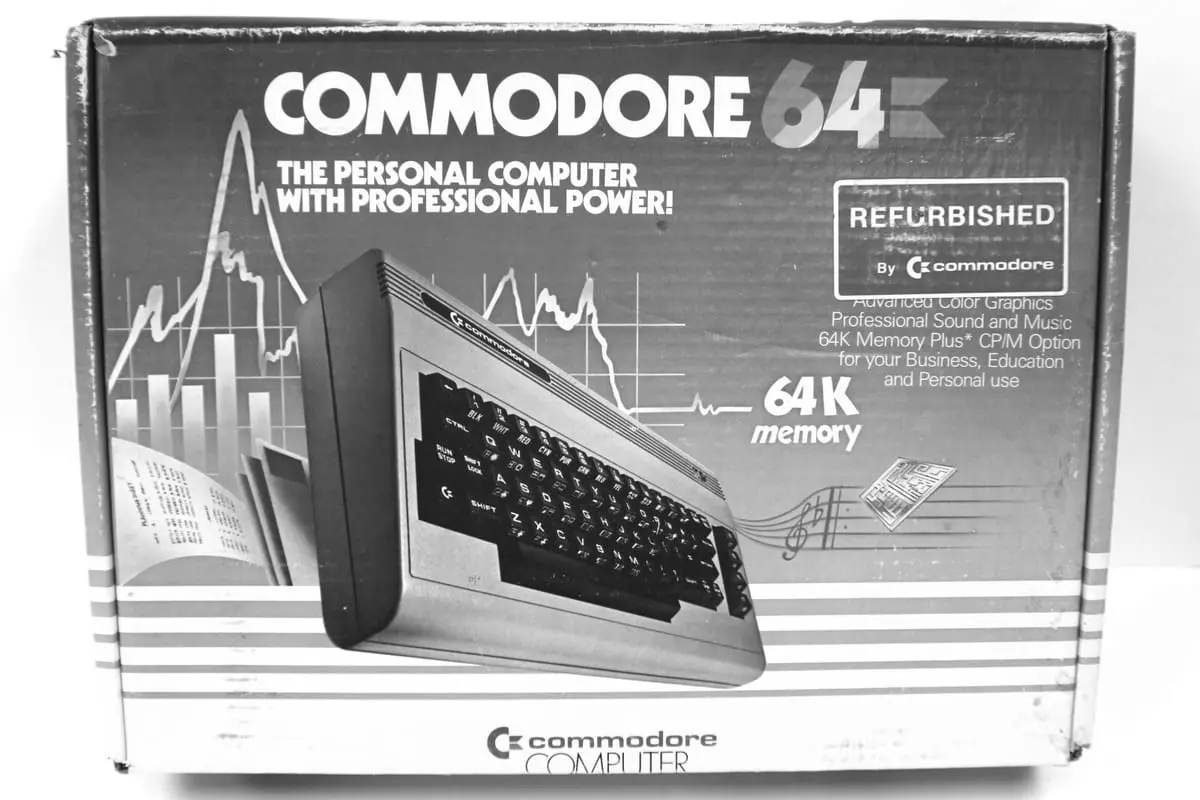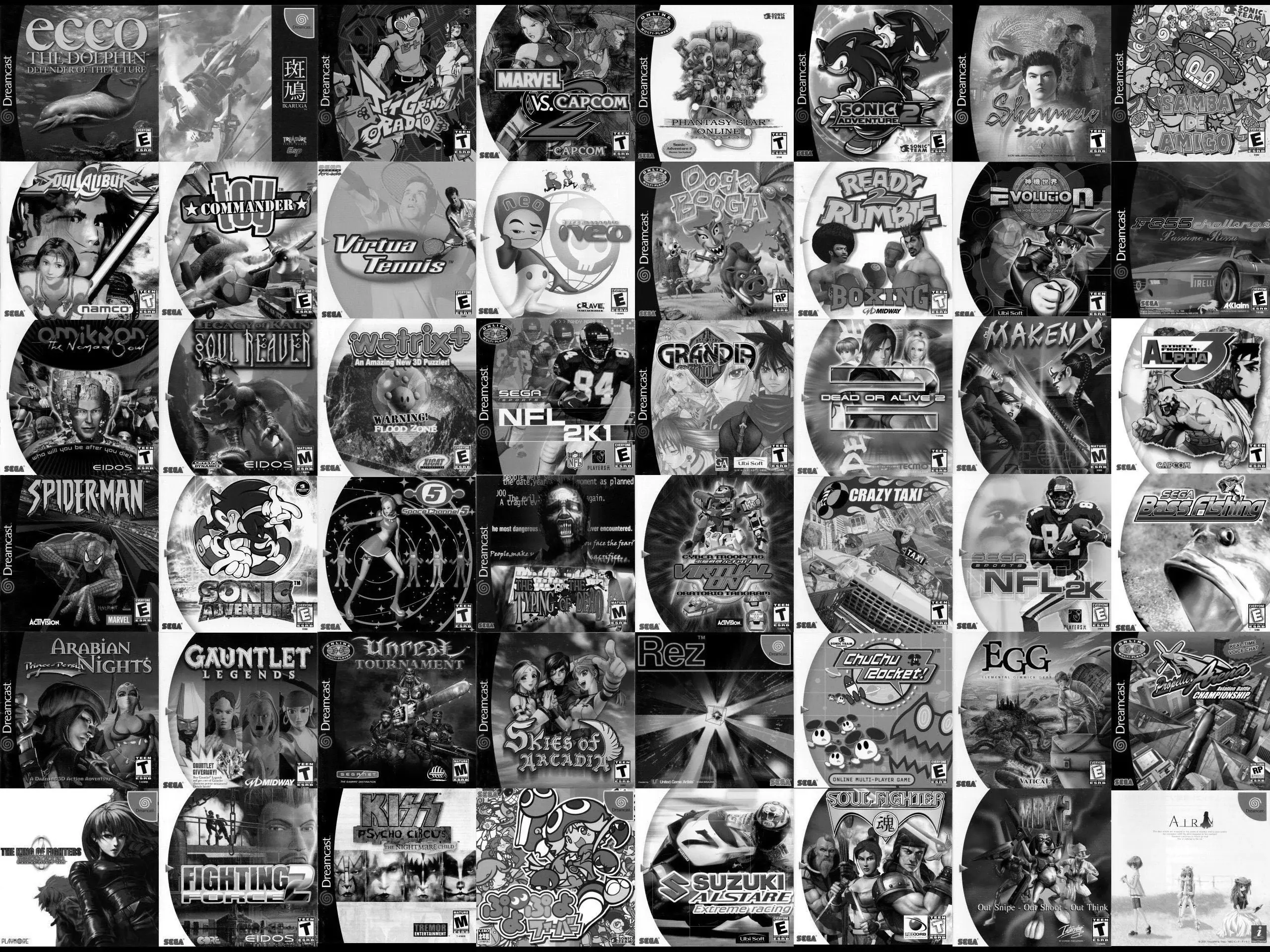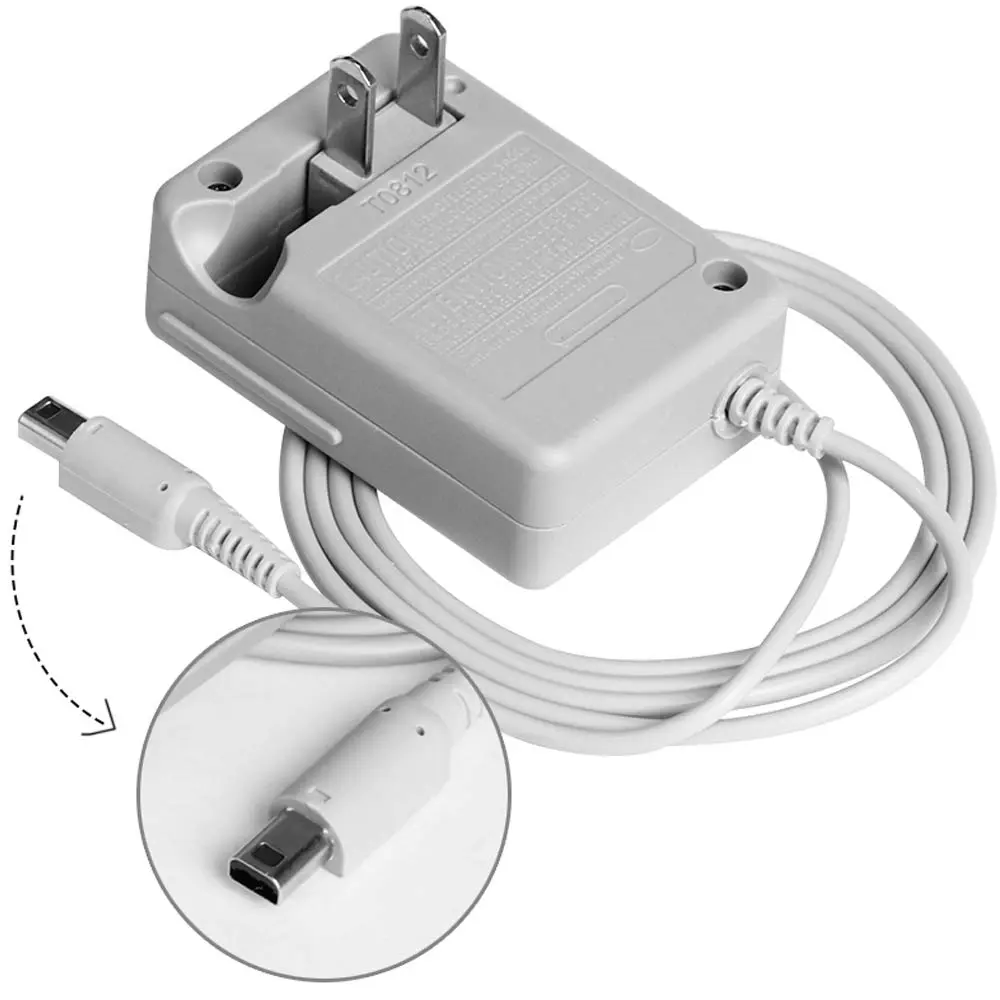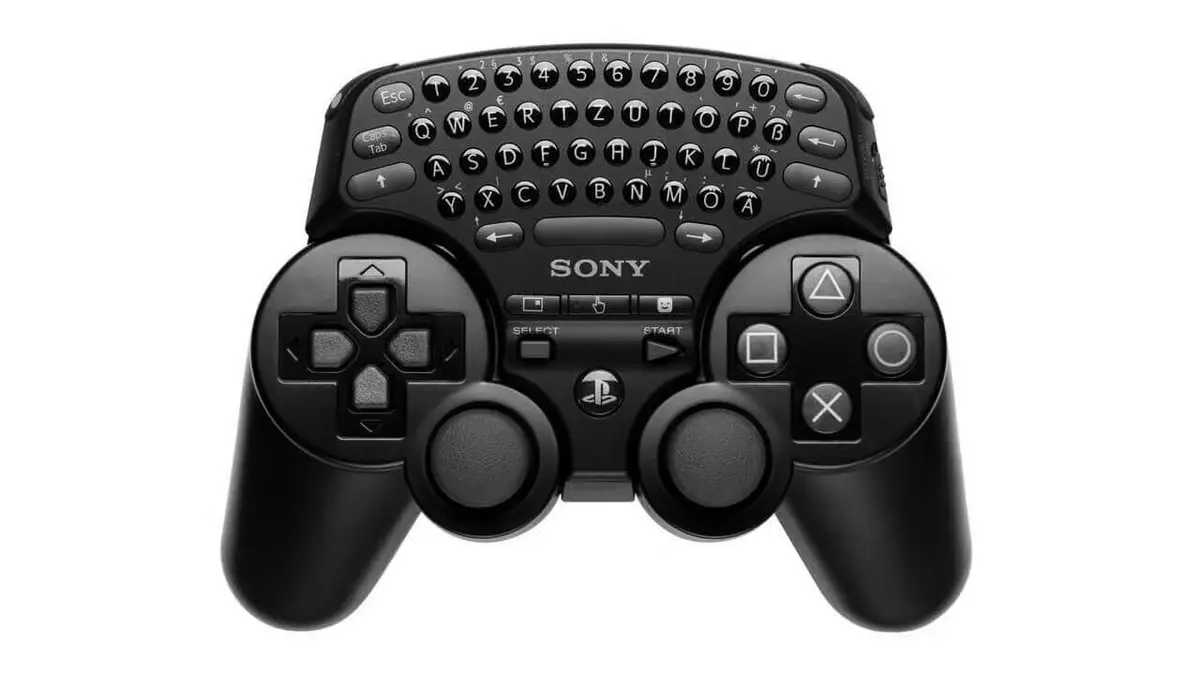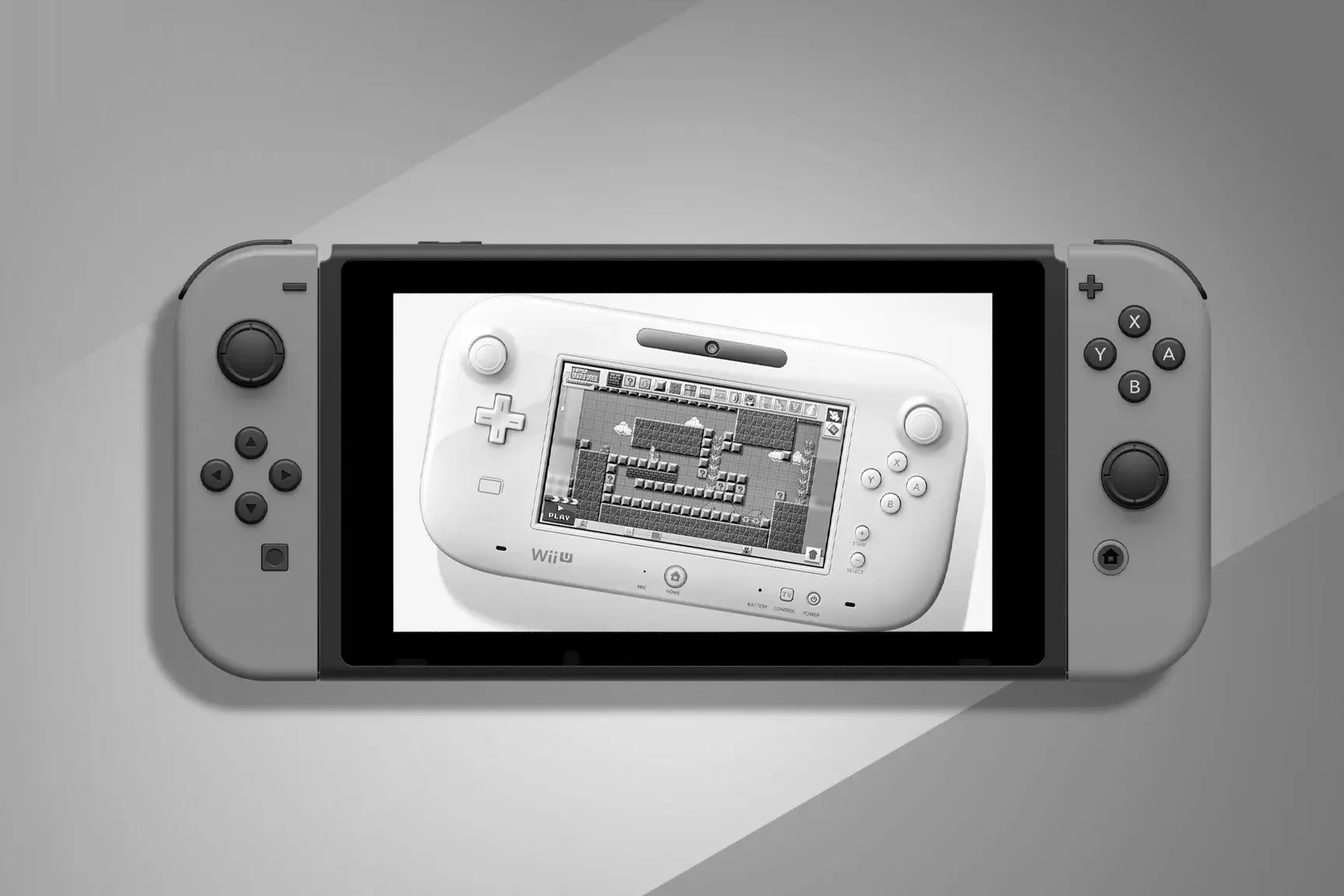The Commodore 64 is home to countless classic games that continue to inspire nostalgia. Here, we spotlight some of the best C64 games that have left an indelible mark on the gaming community.
“The Last Ninja” stands out as one of the most acclaimed games on the Commodore 64. Released in 1987, it masterfully combined action and adventure with stunning graphics and an immersive soundtrack. Players embarked on a journey through six challenging levels, filled with puzzles and enemies, all while navigating a visually rich environment.
The game’s unique isometric perspective was groundbreaking at the time, offering players a more dynamic and engaging visual experience. Its narrative, steeped in Eastern mythology, added depth and intrigue, drawing players into its world. The soundtrack, composed by Ben Daglish and Anthony Lees, was praised for its atmospheric and emotive qualities, elevating the gaming experience to new heights.
“The Last Ninja” also introduced an innovative control scheme that allowed players to perform complex maneuvers and combat moves. This level of interactivity was rare for the era, making the game not only visually appealing but also mechanically satisfying. Its success spawned sequels, further cementing its status as a cornerstone of the C64’s game library.
Developed by Lucasfilm Games, “Maniac Mansion” introduced players to a wacky and engaging point-and-click adventure. Released in 1987, the game offered a unique blend of humor, horror, and puzzle-solving. Its multiple character choices and endings added replayability, making it a favorite among C64 gamers.
The game’s innovative point-and-click interface was a precursor to many adventure games that followed, setting a new standard for user interaction. Players could control multiple characters, each with distinct abilities, allowing for varied approaches to problem-solving. This feature encouraged experimentation and creativity, as players explored different character combinations to uncover new solutions.
“Maniac Mansion” was also notable for its narrative depth and quirky humor. The game’s story, centered around a group of teenagers attempting to rescue their friend from a mad scientist, was filled with comedic twists and turns. Its dialogue and character interactions were sharp and witty, contributing to its enduring appeal.
Another classic from the C64 library, “Impossible Mission” was released in 1984 and offered players a thrilling platforming experience. The game’s protagonist, a secret agent, was tasked with stopping a mad scientist by solving puzzles and avoiding deadly robots. Its memorable catchphrase, “Stay a while, stay forever!” still resonates with fans.
“Impossible Mission” was lauded for its challenging gameplay and intricate level design. The game’s randomized levels ensured that each playthrough offered a unique experience, keeping players engaged and on their toes. This procedural generation was ahead of its time, providing a level of replayability that few games could match.
The game’s audio was also a standout feature, with digitized speech and atmospheric sound effects that enhanced the sense of urgency and danger. This use of sound technology was innovative for the era, making “Impossible Mission” not only a visual but also an auditory treat. Its combination of action, strategy, and innovation solidified its place as a C64 classic.
“Elite” was a groundbreaking space trading game that offered players an open-ended experience. Released in 1984, it allowed gamers to pilot their spacecraft through a vast galaxy, trading goods, and engaging in space battles. Its innovative use of wireframe graphics and procedural generation made it a technical marvel of its time.
The game’s open-world design was revolutionary, offering players the freedom to explore a vast universe at their own pace. This non-linear approach was a departure from the structured gameplay of its contemporaries, giving players unprecedented control over their gaming experience. “Elite” allowed players to choose their path, whether it be trading, combat, or exploration, fostering a sense of agency and empowerment.
Its wireframe graphics, though simple by today’s standards, were cutting-edge at the time, allowing for smooth rendering and complex 3D environments. This technical prowess was complemented by a rich and immersive soundscape, featuring ambient noises and dynamic music that responded to the player’s actions. “Elite” not only pushed the boundaries of what was technically possible but also expanded the horizons of what video games could achieve narratively and experientially.
While the games made the C64 famous, the consoles themselves were feats of engineering. These consoles brought the magic of the Commodore 64 into homes worldwide.
The original Commodore 64 console was a game-changer in the home computing market. With its 64KB of RAM, advanced sound chip, and colorful graphics, it provided a platform for game developers to push the boundaries of what was possible. Its affordability and expandability contributed to its widespread popularity.
The design of the original Commodore 64 was iconic, with its beige casing and distinctive keyboard layout becoming synonymous with home computing in the 1980s. Its VIC-II graphics chip was capable of producing 16 colors and hardware sprites, features that were groundbreaking at the time and allowed for more dynamic and visually appealing games.
The SID (Sound Interface Device) chip was another standout feature, providing sophisticated sound capabilities that were unparalleled in other home computers. This chip enabled complex sound compositions, leading to the creation of some of the most memorable video game music of the era. The C64’s hardware was not only innovative but also robust, enduring the test of time and remaining functional for decades.
Released in 1986, the Commodore 64C was a redesigned version of the original console. It featured a sleeker, more modern design, with the same internal specifications. The C64C was often bundled with new software and accessories, making it an attractive choice for new buyers.
The C64C’s updated design was more in line with the aesthetic trends of the mid-1980s, with a cleaner, more streamlined appearance. This new design was complemented by improved manufacturing processes, which made the C64C more reliable and easier to produce. Its launch coincided with a revitalization of the Commodore brand, helping to attract a new generation of users.
Bundling the C64C with popular software and accessories was a strategic move that provided added value to consumers. This approach made the C64C an appealing option for those new to computing, offering an all-in-one package that was ready to use out of the box. The C64C’s combination of style, functionality, and value cemented its place as a staple in many homes.
The Commodore 64 Games System (C64GS) was a console-only version of the C64, designed specifically for gaming. Released in 1990, it removed the keyboard and focused solely on cartridge-based games. While it didn’t achieve the same success as its predecessors, it remains a unique part of the C64’s history.
The C64GS was an attempt by Commodore to tap into the growing console market, offering a simplified version of the C64 for gaming enthusiasts. By eliminating the keyboard and focusing on cartridges, the C64GS provided a more straightforward and accessible gaming experience. This design aimed to compete with other popular consoles of the time, such as the Nintendo Entertainment System.
Despite its innovative approach, the C64GS faced several challenges that hindered its success. The limited library of cartridge-based games and the continued popularity of the original C64 meant that the C64GS struggled to find its niche. However, it remains a fascinating example of Commodore’s willingness to experiment and adapt to changing market trends.
A range of accessories enhanced the Commodore 64 gaming experience, from controllers to data storage solutions.
The standard joystick was a staple accessory for any C64 gamer. Companies like Competition Pro and QuickShot produced popular models that offered durability and responsiveness. These joysticks were essential for enjoying the fast-paced action of C64 games.
The design of these joysticks was critical to their success, with ergonomic shapes and sturdy construction ensuring they could withstand intense gaming sessions. The tactile feedback provided by the buttons and the precision of the control stick made them indispensable for gamers seeking to master their favorite titles. Over time, these joysticks became iconic symbols of the C64 gaming experience.
In addition to traditional joysticks, several innovative controllers were developed to enhance gameplay further. Trackballs, paddles, and even light guns offered alternative ways to interact with games, broadening the scope of the C64’s capabilities. These accessories showcased the versatility of the C64 and its ability to accommodate a wide range of gaming styles.
The Commodore Datasette was a tape-based storage device that allowed users to load and save programs. While it was slower than floppy disk drives, it was a cost-effective solution for many gamers. The Datasette became synonymous with the C64’s early years and is fondly remembered by those who used it.
Despite its limitations, the Datasette was a practical and affordable solution for data storage, making it accessible to a broad audience. Its simplicity and reliability made it a staple in many homes, allowing users to save their progress and share software with friends. For many, the distinctive sound of a tape loading became an integral part of the C64 experience.
The Datasette also fostered a culture of creativity and experimentation, as users could easily create and distribute their software. This accessibility contributed to a vibrant community of amateur developers and hobbyists, who pushed the boundaries of what could be achieved on the C64. The Datasette’s impact on the C64 community is a testament to its enduring legacy.
For users looking for faster data access, floppy disk drives were a popular choice. The Commodore 1541 disk drive was a common accessory that significantly reduced loading times compared to tapes. It opened the door to more complex games and applications, enhancing the overall C64 experience.
The 1541 disk drive was a technical marvel, offering a significant performance boost over tape-based solutions. Its ability to store larger amounts of data allowed for more sophisticated software, including intricate games and powerful productivity applications. This increased capacity enabled developers to create more ambitious projects, pushing the limits of what was possible on the C64.
In addition to its technical advantages, the 1541 drive fostered a culture of sharing and collaboration within the C64 community. Users could easily exchange disks, leading to a thriving scene of software distribution and innovation. This spirit of collaboration and creativity was a defining feature of the C64 era, driven in part by the capabilities of the 1541 drive.
The Commodore 64 remains a cherished part of gaming history, thanks to its iconic games, innovative consoles, and essential accessories. For many, the C64 was their first introduction to video games, sparking a lifelong passion for gaming. Whether you’re a seasoned retro gamer or a newcomer eager to explore the past, the Commodore 64 offers a treasure trove of experiences waiting to be rediscovered.
As the retro gaming community continues to grow, the C64’s legacy is preserved through emulation, hardware replicas, and the dedicated fans who keep its spirit alive. Dive into the world of the Commodore 64 and experience the magic that captivated millions.
The C64’s influence extends beyond its hardware and software, shaping the landscape of gaming and computing for decades. Its community-driven development and open-ended possibilities laid the groundwork for future generations of gamers and developers. The spirit of exploration and creativity that defined the C64 era continues to inspire and resonate with enthusiasts around the world.
In the end, the Commodore 64 is more than just a piece of technology; it’s a symbol of innovation, nostalgia, and the enduring power of gaming as a cultural force. As we celebrate its legacy, we honor the countless memories and experiences it provided, and we look forward to the new adventures it will inspire in the years to come.
